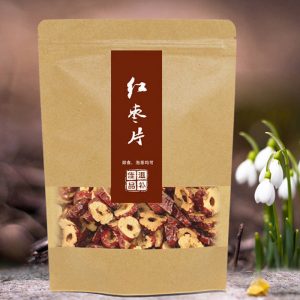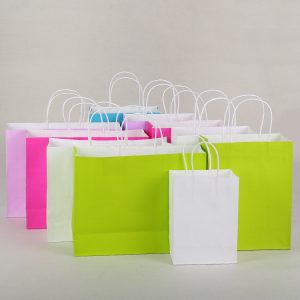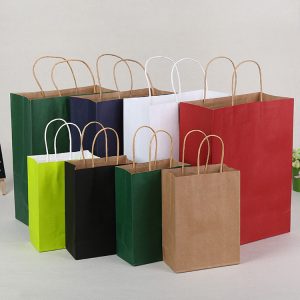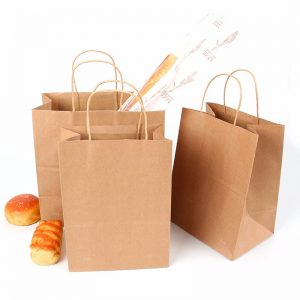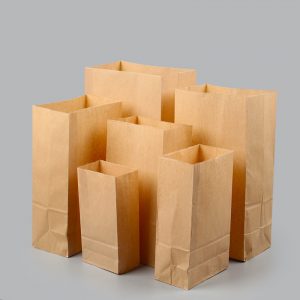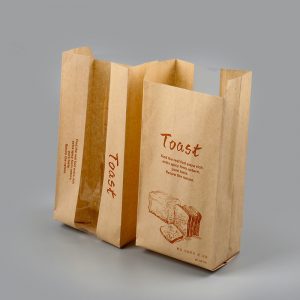Introduction to two detection methods for composite bags
The flexible packaging composite bag has excellent barrier properties, heat sealability, moisture resistance, and is resistant to acid, alkali and abrasion, and thus is widely used for food packaging. Following the increasing progress in the quality requirements for flexible packaging bags, packaging companies are paying more and more attention to the quality of flexible packaging bags. This article will contact the internship to summarize the methods of viewing the composite bag products, and hope to assist the peers.
1. Appearance visual view
The visual view of the appearance includes items such as the flatness of the composite bag and the transparency. It is mainly used to check whether the composite bag has obvious scratches and pinholes on the outside, and there is no pollution at the seal. Our company has a more complete view of the appearance, as detailed below.
(1) Place the composite bag in the center of the hand and gently sway it with the 40W fluorescent lamp. After the reflected light from the outer surface of the composite bag, you can clearly see whether the composite bag has scratches or marks on the exterior. The industry often calls it “bag drawing. ". If the drawing is severe, the location should be found according to the actual situation, and the impact should be minimized to ensure the quality of the goods. Most of the brushed scenes we found through investigation have been formed by the uncleanness of the bag guide roller, so it is necessary to ensure that the guide rollers are clean. In addition, the fact that the guide rollers do not roll can also cause a problem in the composite bag. The fact that the guide roller does not roll is mostly caused by the lack of oil in the bearing, so that the outstanding smoothness is the condition of the bearing rolling.
(2) Viewing the flatness of the composite bag. The detailed method is to take a few sample bags of the product to make an empty-to-ground drop, let the natural land (to be clean), and investigate the condition of the composite bag after landing. If the composite bag is bent when it hits the ground, and it is outwardly turned or arched inward, it clarifies that the flatness of the composite bag is poor, and conversely, the flatness is outstanding.
The factors that form the flatness difference generally have the following points: the bag making temperature is too high, the stress stiffness of the inner layer of the composite bag has been damaged; the structural composition is unreasonable; the thickness of the data itself is unequal. We noticed that when the total thickness of composite materials of PET/PE and BOPP/PET/PE structures does not exceed 80 μm, it is easy to appear that the flatness is worse.
(3) Appearance visual viewing also includes a view of transparency. Some products are particularly important because of the large area without patterns. The transparency method is to extract a product bag and investigate through the indoor indirect light source. If there is a scene such as “pitting”, “ring” or “fog” in the blank, the transparency is poor, and the transparency is outstanding. .
There are many factors that cause poor transparency. For example, when compounding, because the color of the composite glue is yellow or reddish, the color shift to the composite bag will cause corresponding color cast, which will affect its transparency. There is a "fog", which will also affect its transparency. Therefore, when the data is entered into the warehouse, the quality should be strictly controlled so that the unqualified raw materials are not put into the warehouse. In addition, the transparency of the composite raw materials is different, such as the transparency of the cast CPP is much higher than the transparency of the blown co-extruded CPP.
2. Sealing seal view
Some slender slits in the seal will be overlooked for visual observation of the leakage of the food in the future. Therefore, it is necessary to check the sealing of the composite bag. The commonly used method is: spraying a dye-added surface active agent into the seal to investigate whether it is transparent or not. If the color of the dye passes through the seal, the sealing function is not well explained, and on the contrary, the seal quality request is clarified. In the actual work, we often use a smooth, burr-free small iron ruler with a length of 20cm, a width of 5cm and a thickness of 0.8mm to push the top of the sealing joint. If there is a drop, perforation, etc. at the top, it will clarify that the sealing function is poor; if the sealing position is still adhered to the sealing scale, the sealing function is outstanding.
The factors that lead to poor sealing function are: the pressure of the sealing knife is not good or uneven. This condition can be treated as long as the pressure of the sealing knife spring is adjusted; the lower temperature will also make the sealing property of the composite bag seal worse. We noticed that when the total thickness of the composite material exceeds 80 μm, the problem of easy adhesion at the time of bag making processing is worse, especially the structure of BOPP/OPP is the most likely to occur. In order to ensure excellent product adhesion, it is necessary to have a uniform and stable sealing pressure and a suitable temperature.






